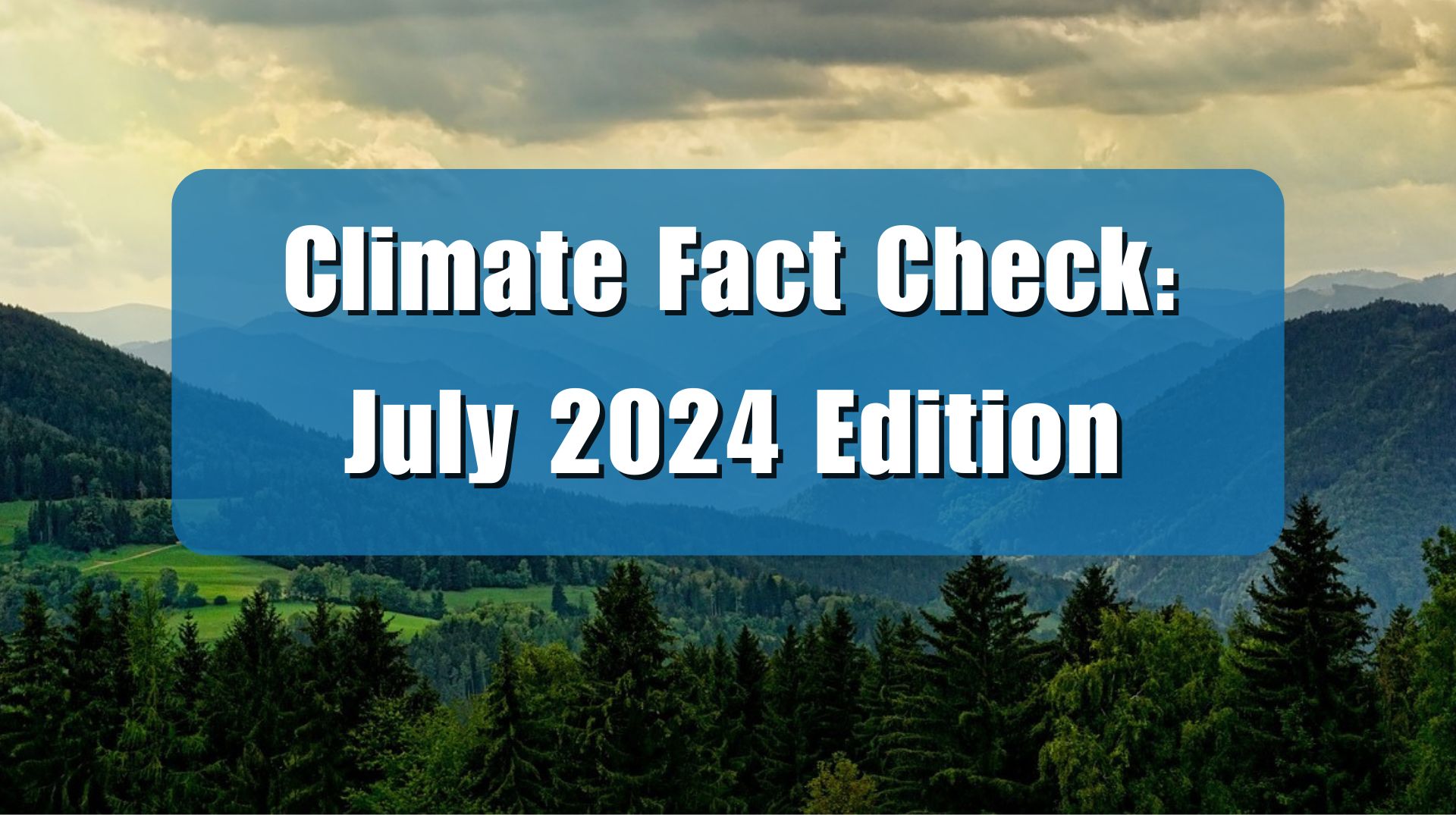A recent post from The Hill titled “Climate change endangers 70 percent of world’s wine regions: Study,” claims that climate change “could decimate” global wine production. This research cited by The Hill is speculative and is undermined by the growth in grape and wine production amid ongoing climate change.
The Hill’s post highlights a review article published in Nature Reviews Earth & Environment.
Climate Realism has debunked the idea that wine is being threatened by climate change more than a dozen times, but it is worth looking at these claims again.
One section of the study analyzes other research and with the authors then producing maps which demonstrate regions that could possibly be impacted by global warming. Ever eager to paint the research in the direst light, The Hill emphasizes that the researchers estimate “as much as 70 percent of the world’s suitable regions for wine will become too warm this century, including as much as 90 percent of wine’s best traditional regions in Spain, Italy, Greece, and Southern California.”
The Hill asserts that temperature increases “reduce grape crops and the quality of wine, leading to lessened production over time,” however the study itself is a lot more nuanced on this point, noting that a variety of strategies are available to minimize the impact of heat or drought on grape production. The study’s authors write that “[s]ome adaptations to hotter and drier climates are already known and embody simple, sound agronomic principles.”
The study, and The Hill’s discussion of it, whipsaw between alarmist statements predicting doom, and moderating statements indicating nothing is certain and adaptation is possible. Far from world wine production being “decimated,” most of the commentary focuses on the idea that some regions may see changing flavor profiles, and other regions of the world that were unable to produce good wine grapes may become more suitable for wine production. Most glaring is when the Hill backtracks on its initial alarmist claims later in the article, admitting that the researchers “emphasized that the changing climate does not mean the end for wine, merely that its geographical range is changing.”
The study authors point out very reasonably that “[t]hroughout history, vineyard locations have changed continuously, at the local, national and international levels,” and those changes are driven by environmental conditions but also geopolitical and economic forces, and they point to wine production in Great Britain during the Roman warm period as an example.
Obviously, those ancient climate conditions were not caused by fossil fuel use.
The authors also note that many climate challenges can be overcome by simply changing the type of grape grown in a particular region.
One of the disappointing claims in the in Nature Reviews Earth & Environment study is that “increased heat and drought, extreme weather events, and unpredictability with regard to changing pest and disease pressure” are occurring, and that increased wildfires pose a threat to California production specifically. Data show that each of these claims is demonstrably false.
Extreme weather is not getting worse, and while average temperatures are modestly increasing, the frequency and severity of heatwaves and drought are not increasing. The U.N. Intergovernmental Panel on Climate Change (IPCC) reports that precipitation has actually increased over mid-latitude land areas of the Northern Hemisphere, which includes much of the wine-producing regions of Europe, during the past 70 years, and they have only “low confidence” about any negative trends globally.
Regarding wildfires, as Climate Realism has previously covered, here, for example, real world data shows that wildfires have declined significantly as the Earth has slightly warmed.
Pest and disease pressure may be “unpredictable” – but that’s not the fault of climate change, it’s an ever-present agronomy issue.
Wine production has good and bad years, like any agricultural product. In fact, just last fall, French winemakers chose to destroy enough wine to fill 100 Olympic swimming pools to prop up prices because they produced more wine than consumers demanded. Demand has dropped largely due to economic factors and, as it has, wine production has declined with it. In fact, wine demand has dropped since the early 2000s.
Grape production has not suffered from the warming of recent decades, as data from the U.N.’s Food and Agriculture Organization demonstrate. (See figure below)

The most recent record for grape production was set in 2018, and overall, grape production has increased by 25 percent, and yields have increased 48 percent since 1990. Data show that 2018 through 2022 produced the five highest years for grape yields and four of the five highest years for production overall. No grape crisis is evident.
To their credit, The Hill admits that the study also estimates that “as much as 25 percent of current wine production regions could actually see better production due to warmer climate, in addition to making new areas suitable.”
In the end, if it were interested in informing its readers rather than alarming them, The Hill would have modified its headline and skipped its misleadingly alarming introductory paragraphs and stuck to the relatively balanced, presentation of the facts and current trends and adaptations that vintners have undertaken over the decades as climate has changed, keeping wine well stocked on store shelves. The only real question when it comes to wine production, is not whether wine grape production can meet demand, but whether or not trends towards lower consumption will continue, which certainly will discourage excess wine production or produce lower prices. Drinkers’ taste in beverages can hardly be fairly attributed to climate change.
















